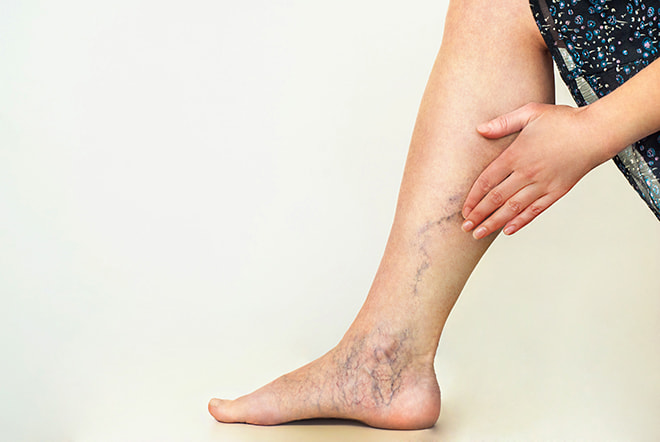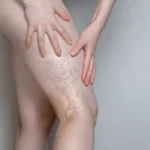Varicose veins are a common condition that often occurs when veins in the legs become enlarged, twisted, or raised due to improper blood flow. While the issue is often cosmetic, it can sometimes lead to discomfort or significant pain. Consulting a vein specialist can help you manage this pain effectively, supporting your comfort and mobility.
Recognize Signs of Vein Pain
Before addressing discomfort, it is beneficial to recognize symptoms of varicose veins. Pain often presents as aching or heaviness in the legs. This feeling is common after long periods of standing or sitting. Swelling in the lower legs is also possible. You may notice itching or burning around the affected veins.
More severe signs may appear as skin discoloration. Hard, tender areas around the veins can also develop. These signs may indicate complications. Recognizing symptoms early lets you address discomfort sooner. This can prevent pain from intensifying or leading to further issues. If your symptoms persist or worsen, consult a vein specialist.
Elevate Legs for Relief
Elevating your legs can help reduce pain and swelling. This practice encourages blood flow back to the heart. It can lower pressure inside the affected veins. Here are ways to make leg elevation part of your routine:
- Use a Pillow or Recliner: Lie down and place a pillow under your legs to support them. Make sure your legs are above the level of your heart. This position improves blood circulation. It can help relieve discomfort after a long day.
- Take Frequent Breaks: If you sit or stand for long periods, take short breaks each hour. Use these breaks to elevate your legs. Even a few minutes can provide relief.
- Sleep with Your Legs Elevated: If you experience persistent swelling, try sleeping with your legs slightly elevated. Use a wedge pillow or an adjustable bed frame. This can improve circulation overnight.
Practicing these methods can ease discomfort over time. They may also help reduce stress on your veins.
Wear Compression Stockings Daily
Compression stockings are often recommended for the treatment of varicose veins. These garments apply gentle, consistent pressure to the legs. This can help improve blood circulation. It may also reduce swelling.
Choose the right level of compression for your needs. Options vary, and selecting the correct one is beneficial. You can consult a healthcare provider or try different types. For best results, put on compression stockings in the morning. Wear them before swelling starts and keep them on all day. Consistency is key. Wearing compression stockings regularly can help alleviate leg pain and heaviness. Over time, you might notice the difference.
Consult a Vein Specialist
Home measures, such as leg elevation and compression stockings, help many people. Sometimes, they may not be enough. If you still feel pain, consult a vein specialist. These professionals can assess your condition. They identify possible complications. Specialists may recommend treatments tailored to your specific needs. This could include lifestyle changes, advanced therapies, or minimally invasive procedures. Prompt evaluation can help prevent more serious problems. It may reduce the risk of blood clots or skin ulcers. With early and proactive care, you can maintain mobility and quality of life. Taking simple steps at home and seeking expert advice both make a difference.





